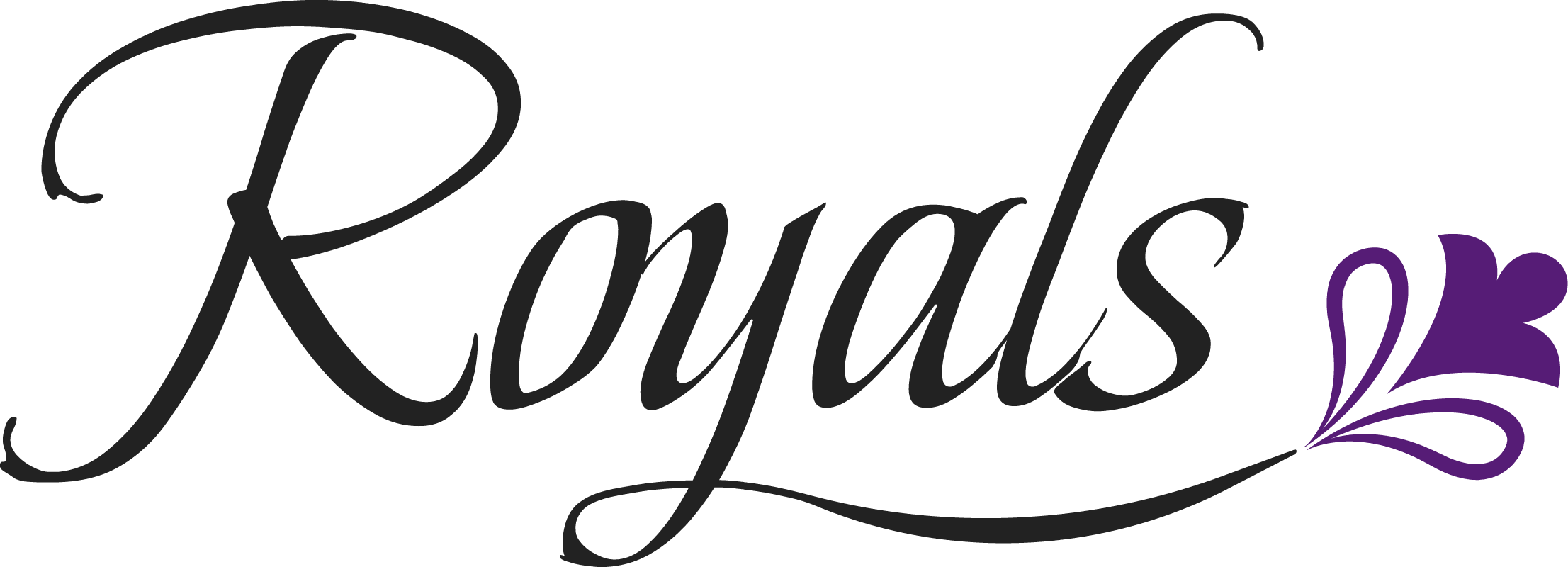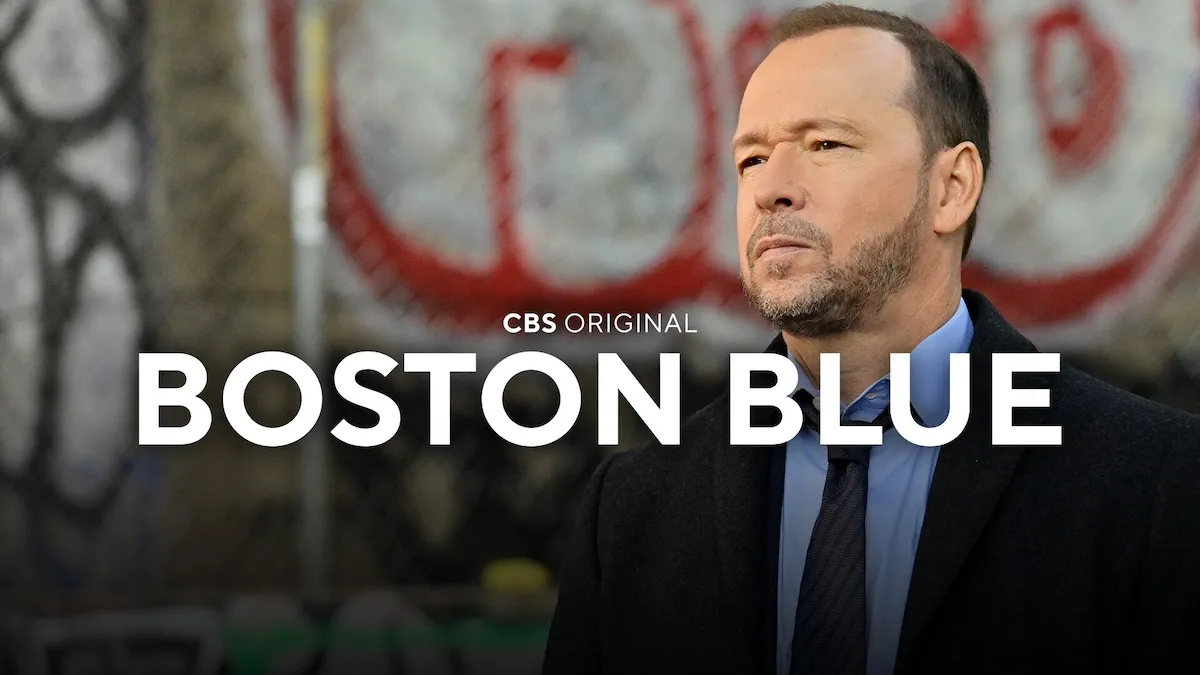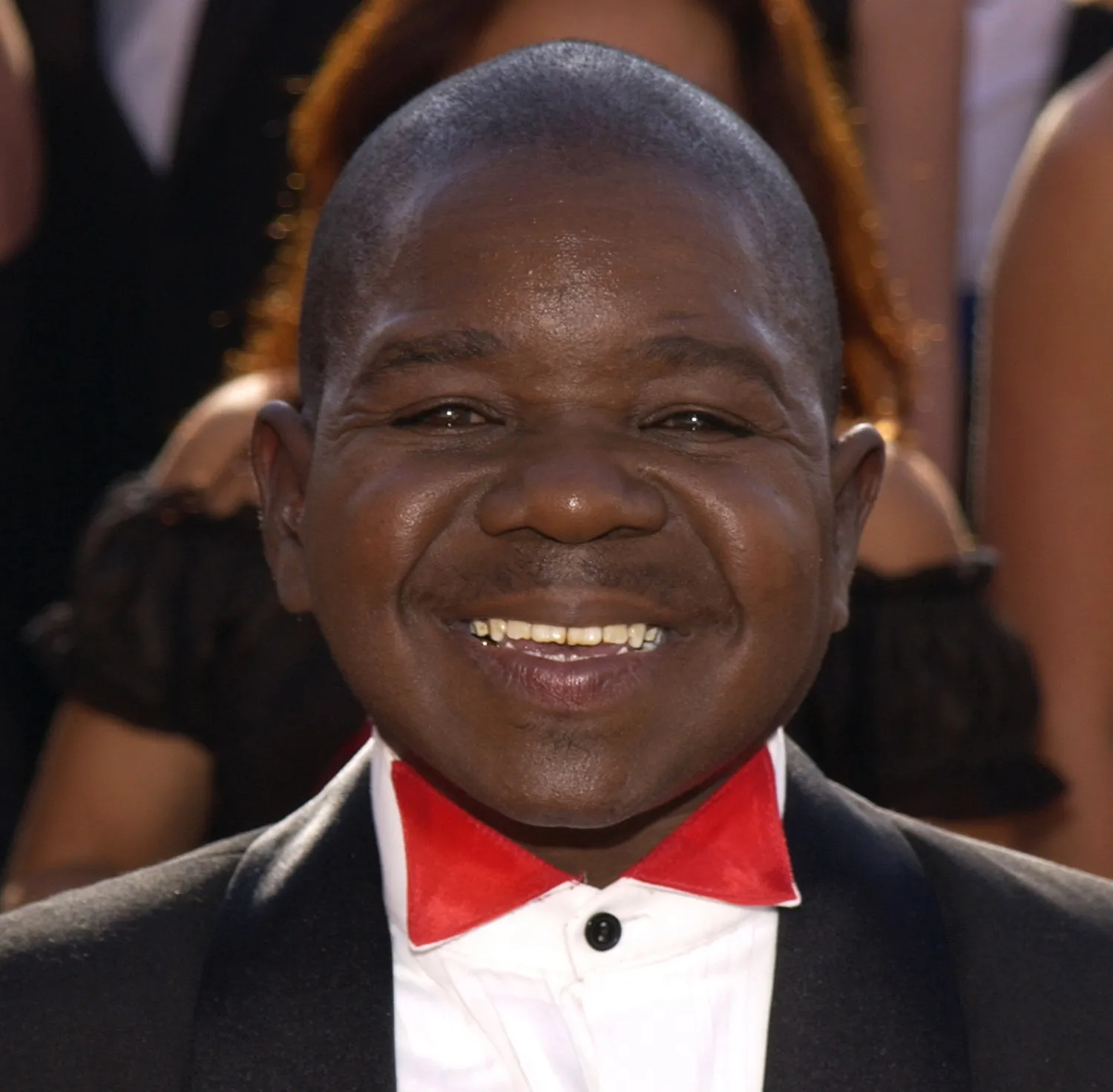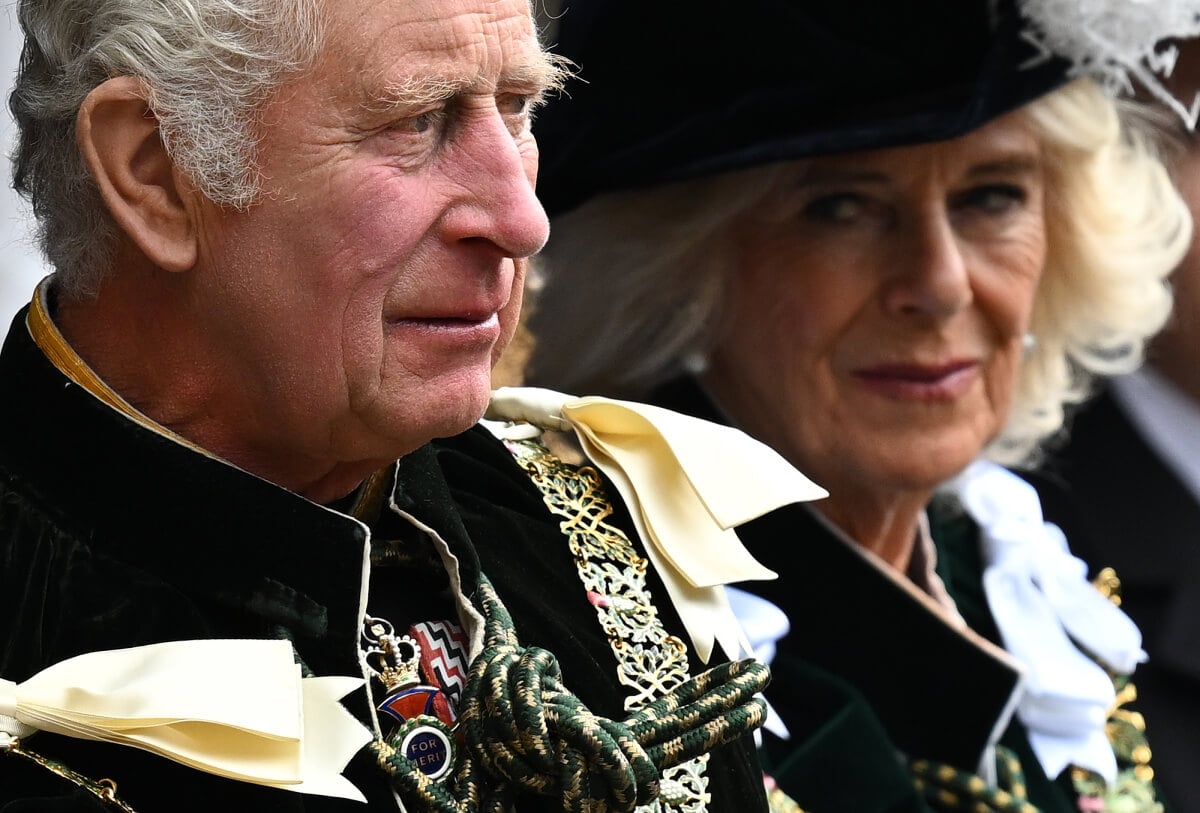
King Charles and Camilla Parker Bowles Share a ‘Moment of Tension’ During His Scottish Coronation
King Charles III and Camilla Parker Bowles experienced unexpected drama during their second coronation in Scotland. Typically known for their composure, the royal couple displayed a rare glimpse of stress during the ceremony.
The charged atmosphere was further amplified by crowds congregating to voice their disapproval of the Scottish coronation. Despite this unsettling backdrop, an expert in body language suggests that Charles and Camilla navigated the situation commendably, maintaining their royal poise amid the tension.
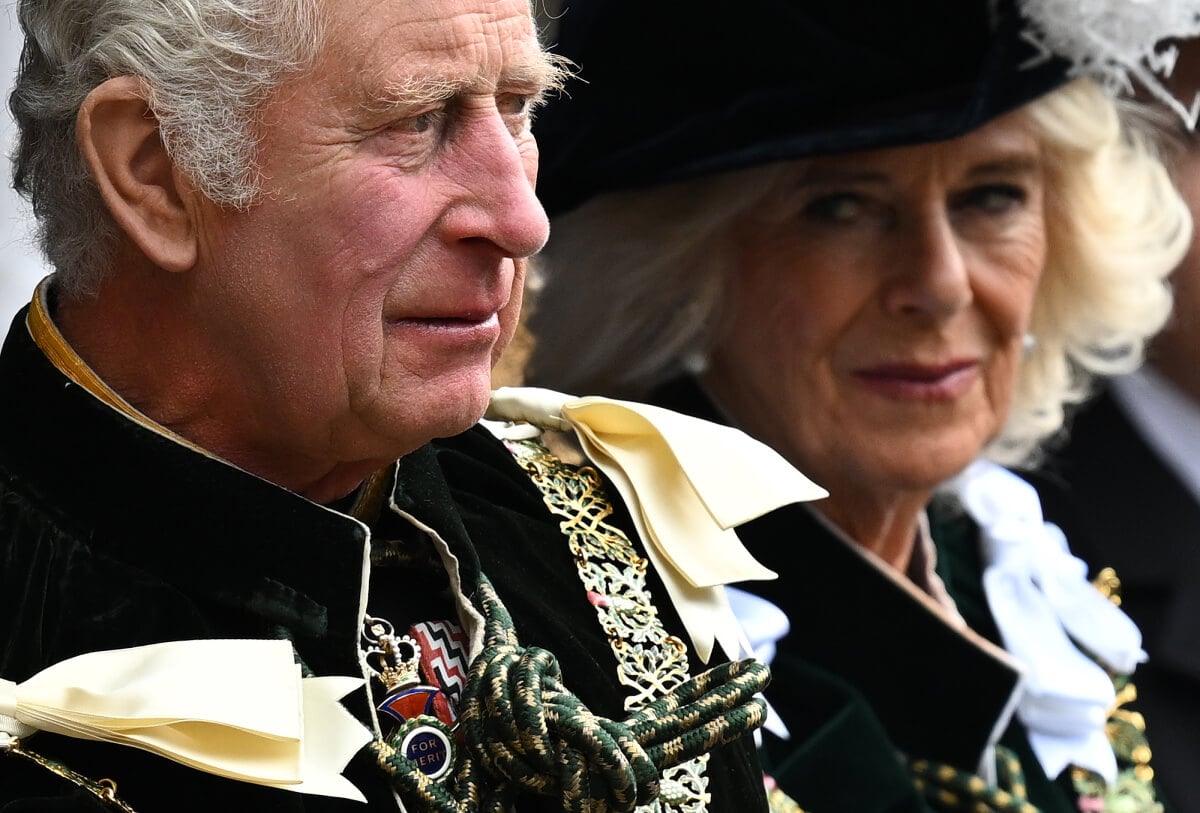
King Charles and Camilla Parker Bowles share a ‘moment of tension’
Charles and Camilla’s second coronation in Scotland was not without its moments of drama. The royals normally keep their emotions in check, but that wasn’t the case at the National Service of Thanksgiving and Dedication.
Body language expert, Judi James, has studied the couple’s conduct during the event and noticed a fleeting instance of stress. They exhibited some seemingly impatient hand gestures, which was an unusual display for the couple who have been together for nearly two decades.
“At his London Coronation, he had appeared simply as King, but here he was also in husband mode, turning to see Camilla safely from the car, with some impatient hand-flicking gestures showing moments of tension,” James told Express.
James further elaborated on why this behavior was unusual from the King toward his long-time wife. She noted that Charles usually doesn’t help his wife enter and exit vehicles. But given the circumstances of the event, Charles could have felt overly protective of Camilla.
It turns out Charles may have had a really good reason for feeling a little stressed out at the ceremony.
Crowds gather to protest His Majesty’s coronation in Scotland
King Charles received the Honors of Scotland, colloquially known as the Scottish Crown Jewels, during his Scottish coronation. The grand event featured a slew of celebrations, including a People’s Procession, a Royal Procession, a 21-gun salute, and an RAF flyover.
However, not everyone was pleased with this day of celebration. The Scottish Greens held a protest near Holyrood, while a historian dubbed the proceedings a lesser version of Charles’ first coronation.
In comparison, Queen Elizabeth II’s Scottish coronation attracted throngs of people in Edinburgh. Instead of protesting, the crowd offered their best wishes to the freshly crowned Queen.
The unique tradition of celebrating a separate coronation in Scotland serves as a reminder that the monarch is not merely the King of England but also the King of Great Britain. This title emerged from the Union of the Crowns in 1603.
King Charles unfazed by protests at his Scottish coronation
Waves of protests greeted Charles and Camilla’s arrival at St Giles’s Cathedral in Edinburgh. At one point, a significant crowd voiced their disapproval, chanting “Not My King”.
However, James noted that the King seemed undeterred by these protests. The body language expert stated that the protests had “no visible effect” on Charles or Camilla.
“The boos and the chanting had no visible effect on Charles’s facial expression, but he did seem to fuss more over Camilla, as though keen to get her inside the venue and seated,” James explained.
Queen Camilla, for her part, looked stunning in a lengthy white gown, courtesy of designer Bruce Oldfield. She complemented the dress with the late Queen Elizabeth’s thistle robe and hat, adorned with the star and collar, enhancing her royal elegance.
Prince William and Kate Middleton were among the few royals who attended the event. Their presence solidified their place at the top of the monarchy and reinforced a message of unity for Charles’ reign.
Despite the perceived drama, the royals have yet to comment on the protests at the Scottish coronation.
